Dairy plants increase, but cow herds decrease
According to Dr. Nguyen Xuan Duong, Chairman of the Vietnam Livestock Association, the dairy cow farming industry in our country was "born late", not having as many favorable conditions in terms of development space as other industries. Since implementing the open door policy, the dairy cow industry has developed strongly. In the period 2010 - 2015, the dairy cow herd grew by an average of 15.4% per year, milk production increased by 17.1%.
However, in the period 2020 - 2024, the growth rate is only 0.4% and 3.3%. This situation occurs right when the domestic milk market is booming with hundreds of companies participating in production, many brands are born and fierce competition. Milk processing is developing vigorously but domestic dairy farming is seriously declining - this is a paradox.
Ho Chi Minh City currently has 37,200 dairy cows at 2,645 facilities. Compared to 2015, the total herd has decreased by 68%, the number of farming households has decreased by more than 72%. If in the period 2011 - 2015, the herd of cows increased by an average of 9.9%/year, then from 2016 - 2025 it decreased by 11.55%/year, leading to a decrease in milk production.
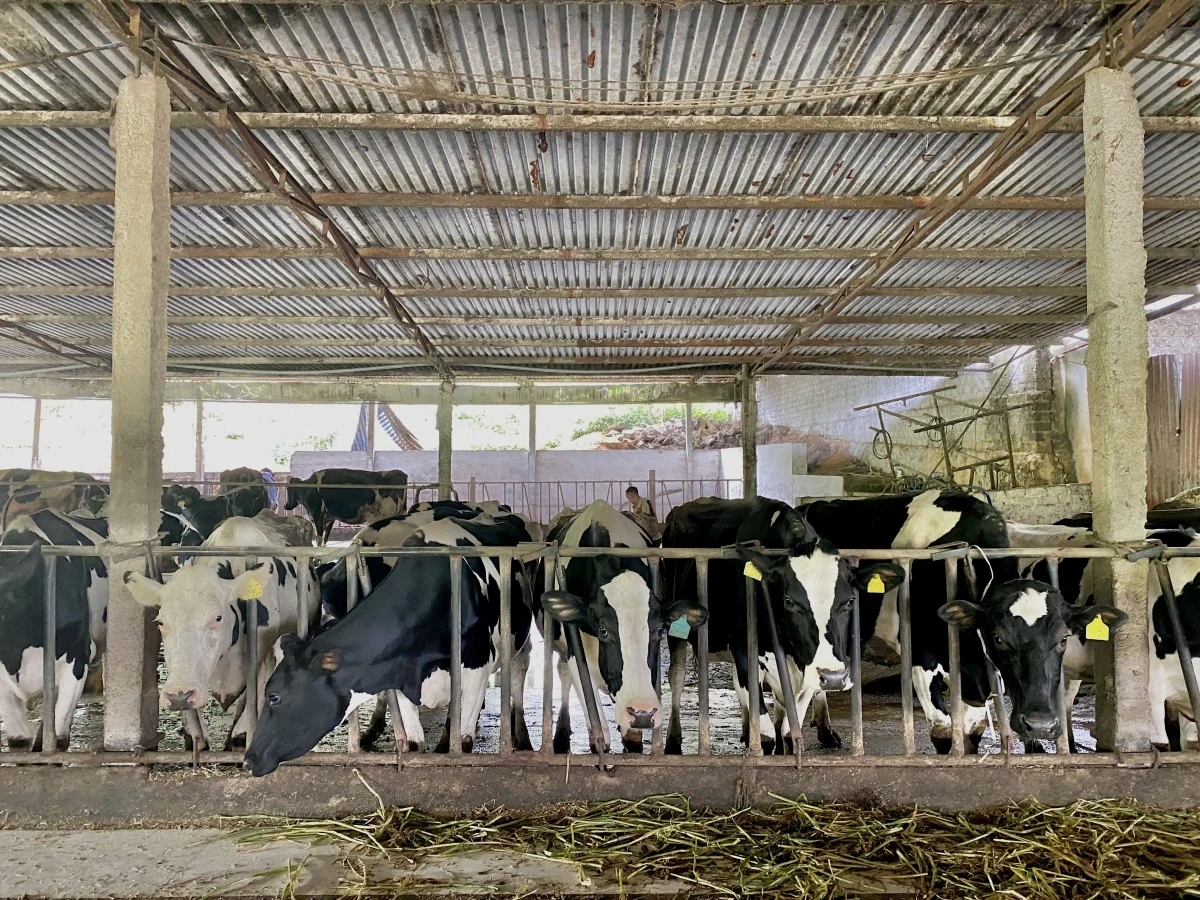
Explaining the reason, Mr. Le Viet Hai, Deputy Head of the Department of Animal Husbandry and Veterinary Medicine of Ho Chi Minh City, said that the area of agricultural land is increasingly narrowing, making it difficult to develop large-scale dairy farming. In addition, small-scale farming households have high production costs due to many intermediaries, while product consumption is unstable. Raw material prices are high while fresh milk purchase prices increase very little or decrease, causing many households to suffer losses and reduce their herds. In addition, the lack of regulations on business conditions, milk processing and mechanisms to encourage the development of domestic raw materials also makes businesses prioritize importing reconstituted milk powder over using domestic fresh milk.
Dr. Phung Quang Truong, Deputy Head of the Ba Vi Cattle and Grassland Research Center (Animal Husbandry Institute), said that many households have not had access to high-yielding dairy cow semen, and the quality of their herds has declined over the generations. The limited area of land for grass cultivation forces farmers to buy concentrated feed at high costs. In addition, there is a lack of capital and preferential credit to invest in barns, equipment and technology. Climate change and emerging diseases further increase the risk to livestock farming...
Dairy businesses must be linked to domestic raw material areas.
According to Dr. Nguyen Xuan Duong, the dairy industry has many advantages, such as abundant agricultural by-products; a team of hard-working, intelligent farmers; many cooperatives have proven their ability to achieve high productivity... but the biggest weakness is still the unsustainable consumption market and chain.
International experience shows that no country with a developed dairy industry does not rely on domestic milk resources. To overcome difficulties, Vietnam must develop in both directions, high-tech concentrated livestock farming on large farms and household livestock farming with close links with processing enterprises. “Instead of small-scale, fragmented production, the livestock industry needs to move towards a closed chain, in which enterprises play the leading role in technology, capital and market; farmers are the direct production force, ensuring the output and quality of raw milk,” Mr. Duong emphasized.
According to the Chairman of the Vietnam Livestock Association, it is necessary to have regulations requiring domestic milk production and trading establishments to have domestic fresh milk raw material areas, or cooperate closely with domestic raw material areas. At the same time, businesses are required to use at least a certain proportion of domestic fresh milk raw materials in the production process (possibly from 5% to 10% of total raw materials), similar to some countries in the world . In addition, attention should be paid to and technical support, breeds, feed and preservation technology to improve the productivity and quality of fresh milk.
Another important issue, according to Mr. Luong Anh Dung, Deputy Director of the Central Center for Large Livestock Breeds, is to perfect standards and technical regulations, clearly defining concepts such as fresh milk, pure milk, sterilized milk, and reconstituted milk, helping consumers make accurate choices and making it easier for management agencies to control.
For businesses, Mr. Dung believes that it is necessary to link business activities with developing raw material sources, signing long-term contracts with livestock farmers, making standards and purchasing prices transparent, and providing technical and economic support to improve milk quality. Farmers need to join cooperatives and cooperatives, and apply advanced processes to ensure quality and stabilize supply.
Mr. Le Viet Hai, Deputy Head of the Department of Animal Husbandry and Veterinary Medicine of Ho Chi Minh City, proposed to soon issue the National Program for Sustainable Dairy Development, planning of livestock farming areas, technical support, modernization of barns, promotion of cooperatives and preferential credit for high technology. At the same time, ministries and branches need to complete policies on business conditions, product standards in accordance with international practices; standardize breed management, apply DHI, import high-yielding breeds and provide quality dairy cows.
Along with that, we need to strengthen communication to raise awareness among farmers, promote the school milk program using 100% domestic fresh milk and build the Vietnamese Fresh Milk brand associated with quality and food safety standards.
Source: https://daibieunhandan.vn/chan-nuoi-bo-sua-can-huong-toi-chuoi-lien-ket-khep-kin-10389252.html






![[Photo] Prime Minister Pham Minh Chinh chairs the Government's online conference with localities](https://vphoto.vietnam.vn/thumb/1200x675/vietnam/resource/IMAGE/2025/10/5/264793cfb4404c63a701d235ff43e1bd)
![[Photo] Opening of the 13th Conference of the 13th Party Central Committee](https://vphoto.vietnam.vn/thumb/1200x675/vietnam/resource/IMAGE/2025/10/6/d4b269e6c4b64696af775925cb608560)




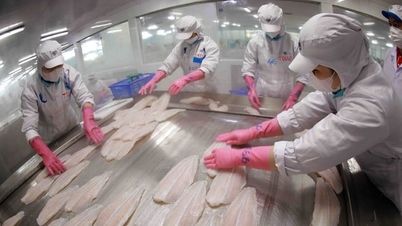
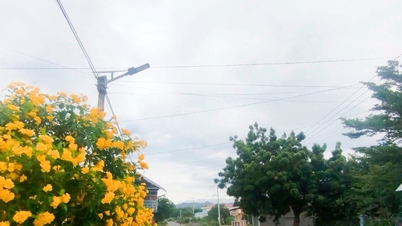


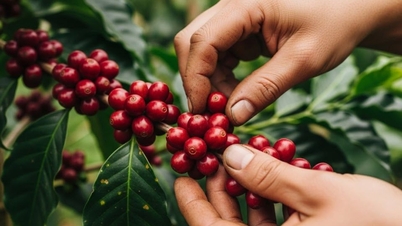



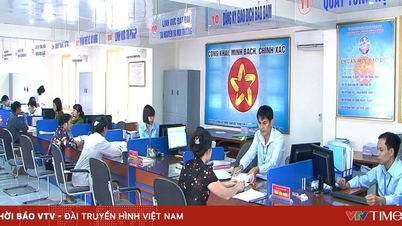
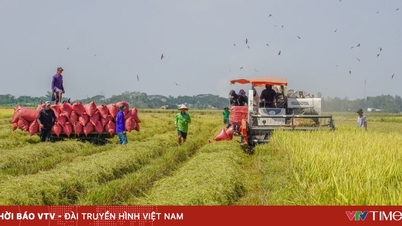









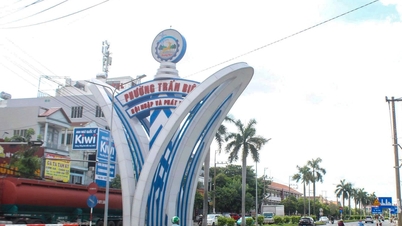



![[Photo] Prime Minister Pham Minh Chinh launched a peak emulation campaign to achieve achievements in celebration of the 14th National Party Congress](https://vphoto.vietnam.vn/thumb/1200x675/vietnam/resource/IMAGE/2025/10/5/8869ec5cdbc740f58fbf2ae73f065076)



























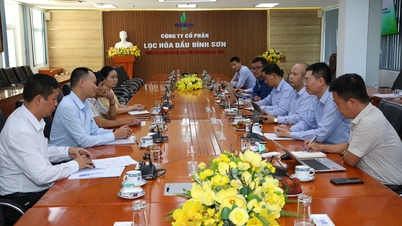











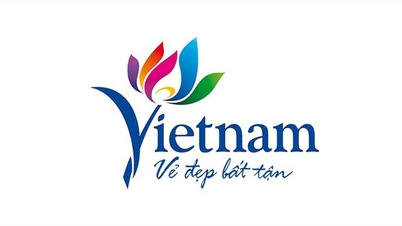





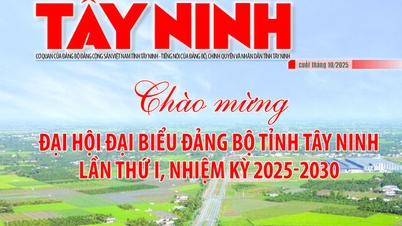



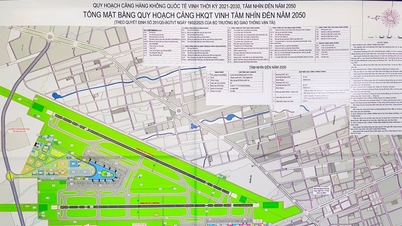

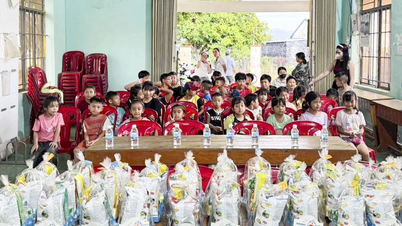
















Comment (0)